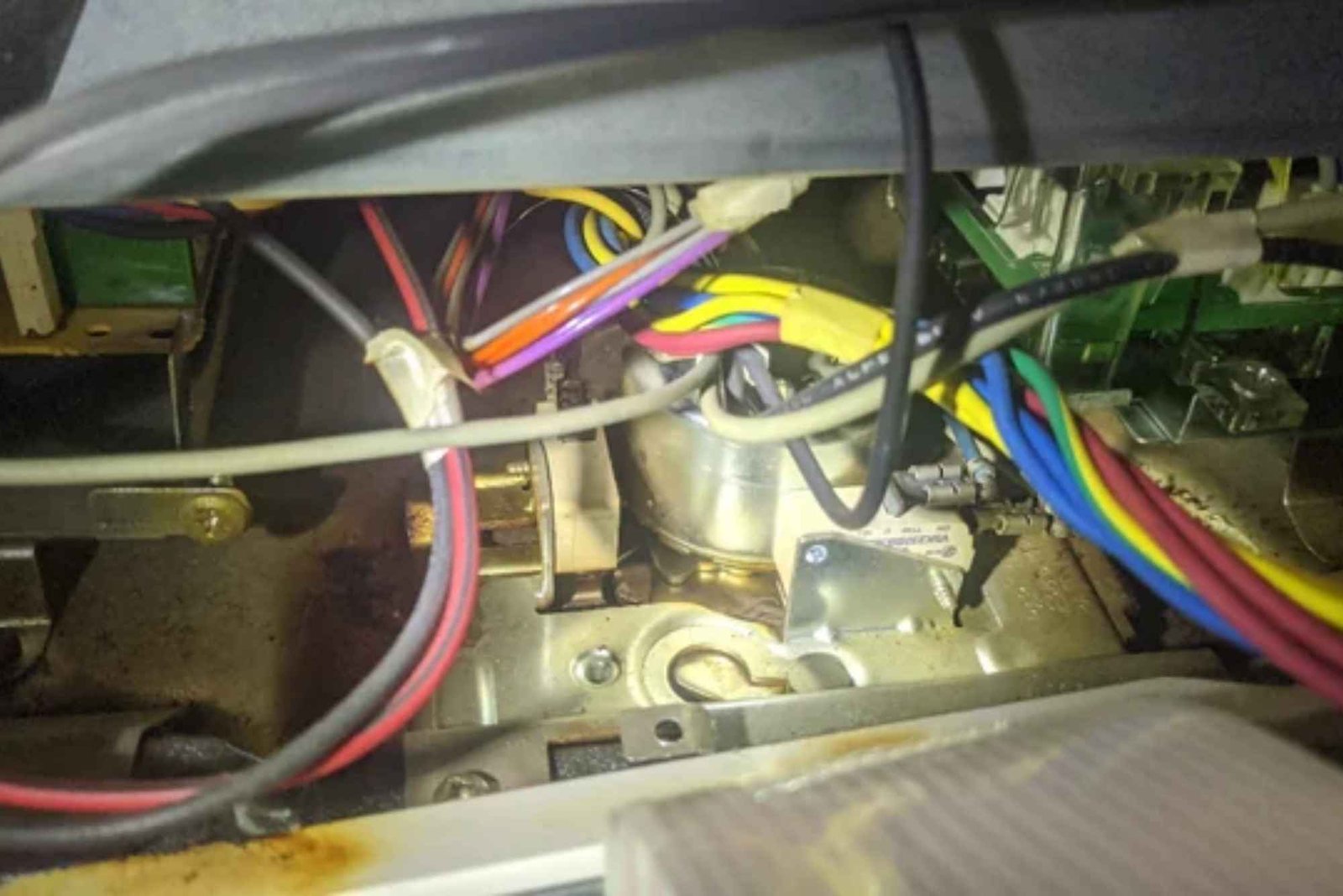How to Make Your Own Cryptocurrency
Creating your own cryptocurrency can be an exciting and rewarding venture. Whether you’re looking to create a new form of digital payment or launching a unique blockchain project, this guide will walk you through the process step-by-step.
Introduction to Cryptocurrency Creation
Cryptocurrencies have revolutionized the financial world, offering decentralized, secure, and borderless transactions. With Bitcoin and Ethereum leading the way, many are curious about how these digital currencies are created. This guide will explain the fundamentals of creating your own cryptocurrency, from understanding the underlying technology to launching your digital coin.
Understanding Blockchain Technology
Before diving into the creation process, it’s essential to understand the technology behind cryptocurrencies: blockchain. A blockchain is a decentralized ledger that records all transactions across a network of computers. Each block contains a list of transactions, and these blocks are linked together to form a chain. This technology ensures transparency, security, and immutability, making it the backbone of all cryptocurrencies.
Choosing the Right Platform
There are several platforms available for creating cryptocurrencies, each with its own set of tools and features. Some of the most popular platforms include:

Ethereum: Known for its smart contract capabilities, Ethereum is a popular choice for creating tokens.
Binance Smart Chain (BSC): Offers low transaction fees and is compatible with Ethereum-based applications.
Solana: Known for its high-speed transactions and low costs.
Creating Your Cryptocurrency: Step-by-Step Guide
Define Your Objectives
Before creating your How to Make Your Own Cryptocurrency, clearly define your goals. Are you aiming to develop a new payment system, a decentralized application (DApp), or a token for a specific project? Your objectives will influence the design and functionality of your cryptocurrency.
Choose a Consensus Mechanism
The consensus mechanism is a crucial aspect of any blockchain. It determines how transactions are validated and ensures the security of the network. Common consensus mechanisms include:
Proof of Work (PoW): Used by Bitcoin, it requires miners to solve complex mathematical puzzles to validate transactions.
Proof of Stake (PoS): Validators are chosen based on the number of coins they hold and are willing to “stake” as collateral.
Delegated Proof of Stake (DPoS): Coin holders vote for delegates to validate transactions on their behalf.
Design the Nodes
Nodes are the backbone of a blockchain network. They store, validate, and broadcast transactions. Decide whether your network will be public (anyone can join) or private (restricted access). Designing your nodes involves setting up their architecture, communication protocols, and security measures.
Establish the Blockchain Architecture
Designing the architecture of your blockchain involves choosing the appropriate block structure, size, and time intervals for new blocks. You’ll also need to decide on features like transaction speed, scalability, and privacy measures.
Develop the Code
This step requires solid programming skills. You can either write the code from scratch or modify the existing code of an open-source blockchain. Popular programming languages for blockchain development include C++, Python, and Solidity (for Ethereum-based projects).

Launch the Testnet
Before going live, it’s crucial to test your blockchain on a testnet. This is a parallel network used for testing and debugging. It allows you to identify and fix any issues without affecting the main network. During this phase, thoroughly test all aspects of your cryptocurrency, including transactions, consensus mechanism, and security features.
Deploy the Mainnet
Once you’re confident that your cryptocurrency is stable and secure, it’s time to launch the mainnet. This is the live version of your blockchain where actual transactions occur. Announce the launch, provide detailed documentation, and engage with the community to ensure a smooth rollout.
Adding Features and Functionality
After launching your cryptocurrency, you may want to add additional features to enhance its functionality. Some popular features include:
Smart Contracts: Self-executing contracts with the terms directly written into code.
Decentralized Applications (DApps): Applications that run on the blockchain and utilize its decentralized nature.
Interoperability: Ensure your cryptocurrency can interact with other blockchains and traditional financial systems.
Promoting Your Cryptocurrency
Promotion is key to the success of any new cryptocurrency. Utilize various marketing strategies to increase awareness and adoption:
Social Media: Leverage platforms like Twitter, Reddit, and Telegram to engage with the crypto community.
Partnerships: Collaborate with other projects, exchanges, and influencers to gain visibility.
Community Building: Foster a strong community through forums, events, and regular updates.
Ensuring Security and Compliance
Security and compliance are critical aspects of managing a cryptocurrency. Implement robust security measures to protect against hacking and fraud. Additionally, ensure compliance with relevant regulations in your jurisdiction to avoid legal issues.
Monitoring and Updating Your Cryptocurrency
The work doesn’t stop after the launch. Continuously monitor your cryptocurrency’s performance and user feedback. Regularly update the code to fix bugs, improve features, and enhance security. Staying responsive to the needs of your users will help maintain trust and longevity.
Creating your own cryptocurrency is a complex but achievable task. By understanding the underlying technology, following a systematic development process, and engaging with the community, you can successfully launch and maintain your digital coin. With the right approach, your cryptocurrency could become a valuable addition to the digital economy.
Cryptocurrency Prices in Rupees
Cryptocurrency prices in rupees are constantly fluctuating due to market dynamics and exchange rates. Popular cryptocurrencies like Bitcoin, Ethereum, and Ripple are traded on various Indian exchanges, and their prices are influenced by global market trends, regulatory news, and local demand. Keeping an eye on these factors can help investors make informed decisions about buying or selling their crypto assets. To stay updated, many use apps and websites that provide real-time cryptocurrency price tracking in rupees, ensuring they are always informed about the latest market movements.







